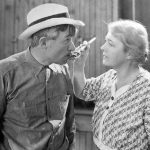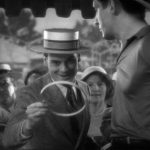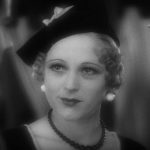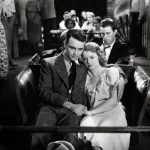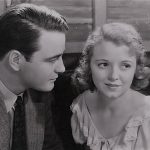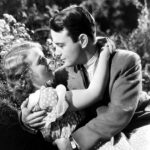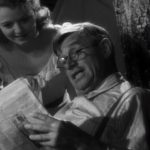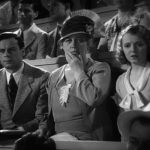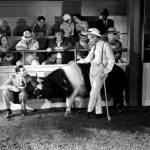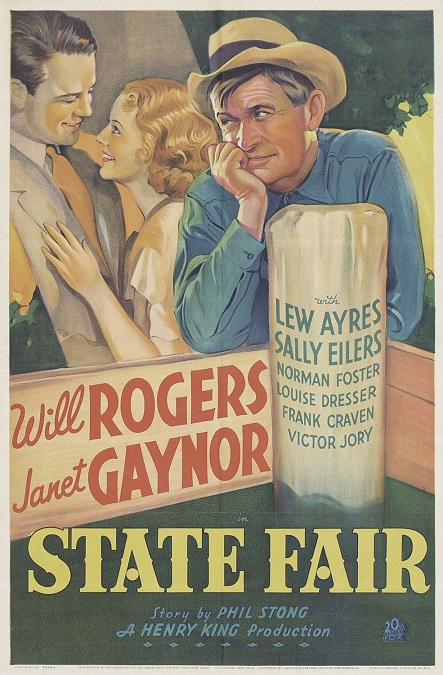
State Fair – 1933
This was a charming little movie, even if it was a bit predictable. We have the Frake family, consisting of Abel, played by Will Rogers, his wife, Melissa, played by Louise Dresser, and their two innocent and well-mannered teenage children, Wayne, played by Norman Foster, and Margy, played by Janet Gaynor. Of course, as the title implies, the big event of the plot is the Ohio State Fair. All four of them have their own reasons for going, and each of them gets exactly what they want. The family must have been charmed.
It is important to note that the film, as innocent as it might seem on the surface, was pre-code. This means that the Hayes Code was not in effect and the filmmakers could be a little more risqué than they could be the following year when the code was enacted. As such there was no nudity in the film, but there were scenes which made it clear that Wayne was having a sexual affair with an older woman. In the original novel by Phil Stong, Margy loses her virginity with an older man, but the film altered the story to make her more chaste.
The story begins with Abel as he is feeding his prized Hampshire boar named Blue Boy with which he hopes to win the prize for best hog at the Fair. Melissa is working on pickles and mincemeat with which she hopes take home blue ribbons. Wayne and Margy are both lusty young teens who want to leave behind their dreary lives and their even drearier sweethearts.
While at the Fair, Wayne meets a trapeze artist named Emily Joyce, played by Sally Ellers, who takes a liking to him. Over the three days of the fair, they become close and she takes him back to her place. She gives him his first taste of alcohol, and seduces him. Most audiences were titillated but some morally upstanding movie-goers were scandalized by Emily going to “Change into something more comfortable” and then emerging from the bedroom in a slinky silk bathrobe.
Margy has her own adventures when she meets Pat Gilbert, played by Lew Ayres. He is a worldly reporter who meets the young girl on a roller-coaster. He has aspirations of being a reporter in New York City, but is willing to sacrifice his dreams to settle down and lead a sedentary life with Margy. In the film, the two share no more than a few kisses and a lot of longing glances.
Meanwhile Melissa wins blue ribbons for both her pickles and her mincemeat, but I had a slight problem with her win. It is implied that the only reason she took home the top prize is because Pat knew the judges and got them to fix the competition to curry favor with Margy. Then he lied to her about his scheming.
And finally, we have Abel and his emotionally troubled boar. Yes, part of the film’s drama is that Blue Boy seems to be depressed, or angry, or something. While in his pen at the Fair, he lies on his side in a fit of pique. But whenever a certain engorged sow passes by, he rouses himself and begins grunting. They actually spent time comically cutting back and forth between Blue Boy’s eyes and the sow’s eyes, trying to capture the porcine romance. But in the end, Blue Boy comes through with flying colors, taking home the blue ribbon Abel has been after without any outside help.
The real meat of the story, of course was young lust, the impetuousness of youth, and coming of age. Both romances ended poorly when the Fair was over. The naïve Wayne falls head-over-heels I love with Emily, and she partly responds in kind. But when he proposes marriage to her, she turns him down, showing that she has no intention of giving up her carefree lifestyle to me married to a child. Pat also proposes marriage to Margy, but she turns him down, neither wanting him to give up his dreams, nor wanting, herself, to move to a big city. As the Frake family is driving home, the kids are depressed, pining over their lost loves.
But the end is where the film really differs from the novel. In the book, Margy returns home to marry her long-standing, but utterly dull childhood sweetheart, Harry, played in the film by Frank Melton. But Hollywood had their own ideas, of course. At the last minute, Pat unexpectedly drives to her home town and literally sweeps her off her feet. Happy romantic ending!
But I have to think that the problems that kept Margy and Pat apart at the end of the Fair still remained. Where would the happy couple live, on a farm, or in a big city? Who cares, asks Hollywood! Audiences want to see the lovers end up together. Reality be damned! I think the book had it right. Well, there were three more versions of the State Fair that made their way onto the big screen over the years, one in 1945, another in 1976, and a Rogers and Hammerstein musical in 1962. I’ve seen none of them, but I wonder if the fabricated ending was kept.
